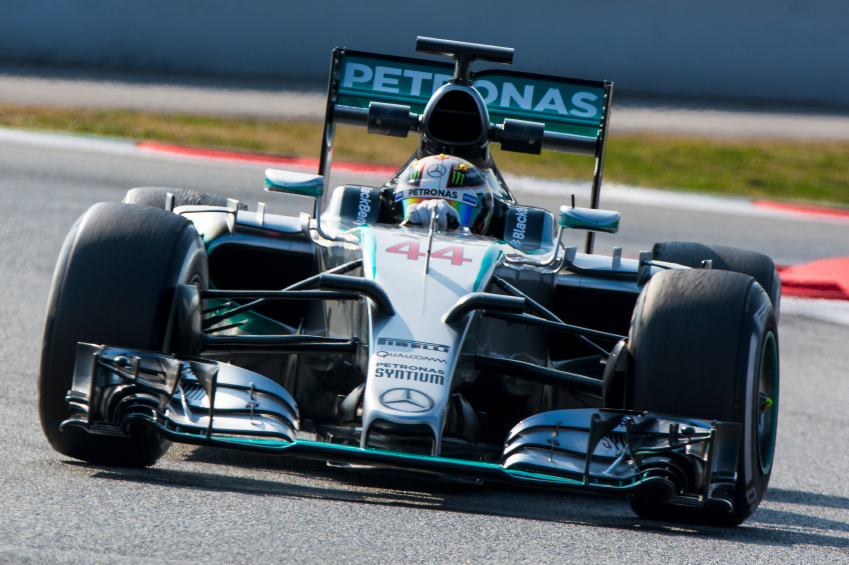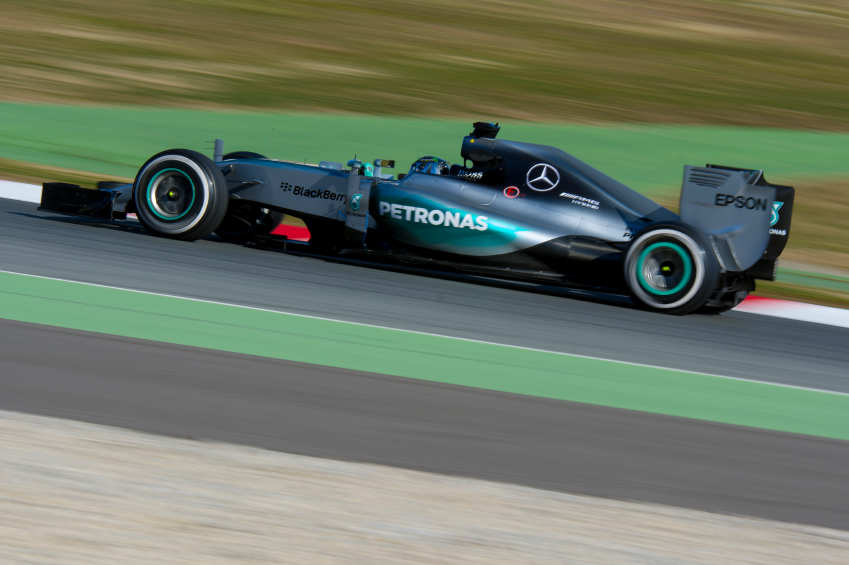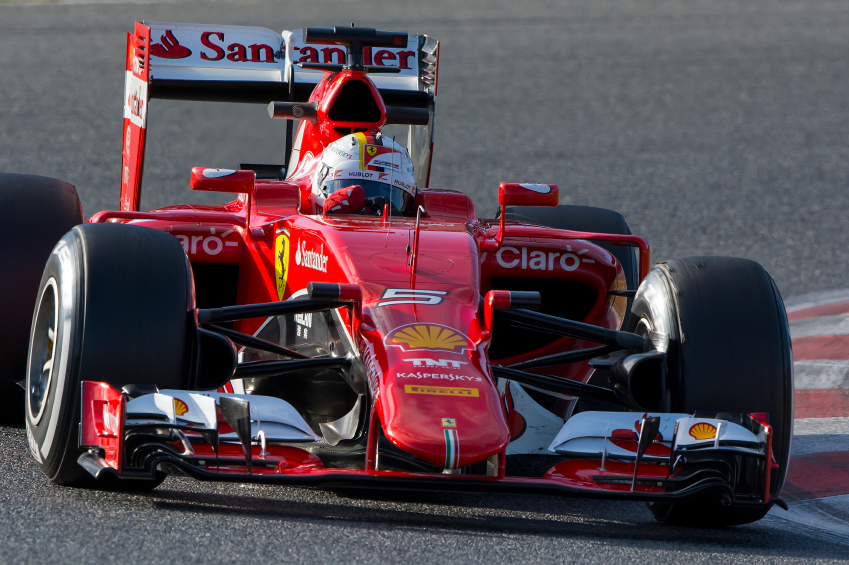
There have been certain points throughout the history of Formula 1 where one team has seemed truly unstoppable. In the early sixties it was Ferrari, while more recently Red Bull was the standard-bearer in the sport. Right now, though, Mercedes is the top dog.
The team has now won two consecutive constructors championships in a row, with two drivers’ championships for Jenson Button. Teammate Nico Rosberg has finished runner-up in both years, further underlining the team’s dominance. And while the drivers might get the glory, many would argue that most of the credit should go the team’s high performance engineers, whose revolutionary split turbo engine concept has proved the real difference.
With the beginning of the 2016 season just a few weeks away, there’s no better time for auto mechanic students to take a closer look at the engine powering Mercedes’ success.
A Guide to F1 Efficiency Rules for Students in Auto Technician Courses
In a bid to increase fuel efficiency and lessen the sport’s environmental impact, F1 officials introduced new regulations in 2014. Currently, cars are limited to using a turbo-charged 1.6L V6 with a rev limit of 15,000rpm, and can carry a maximum of 100kg of fuel.
While this may still seem pretty powerful, F1 fans and students enrolled in auto technician courses will recognize it as a massive downgrade compared to the engines of twenty years ago, when 3.5L V8s were the standard. Engineers have had to be creative to compensate for reduced power, and design is more crucial than ever.
Breaking Down Mercedes Split Turbo for Students in Auto Technician Courses
Auto mechanic college students might be familiar with turbochargers, a type of forced induction system consisting of a rear turbine which takes in hot exhaust gas, and a compressor turbine at the front, forcing cool air into the engine. The problem with most turbochargers is that the hot exhaust turbine is right next to the compressor, which needs to be as cool as possible.
Mercedes’ solution? Split it in half. The German automaker places the hot exhaust turbine at the back of the V6, with a shaft connecting it to the compressor at the front. This keeps it cool, makes more power available from the engine recovery systems, and reduces lag. It also requires a smaller intercooler system, reducing the size of the car’s sidepods and making it more aerodynamic.

What Can Auto Mechanic College Students Expect From 2016 F1 Engines?
While Mercedes’ idea seems simple, it has proved hard for the company’s competitors to replicate. Honda debuted its own split turbo concept last season, but positioned both turbines within the V-bank, and has had considerably less success. Renault and Ferrari have yet to introduce any kind of split turbo system, with Ferrari rumored to be developing a double intercooler system instead.
Mercedes, meanwhile, continues to tweak and improve its design. The company has increased the size of its turbine last year, and is focusing on improving its Kinetic Energy Recovery System (KERS) motors to improve thermal efficiency.

Interested in the mechanics behind motorsport?
A car repair career could be for you! Check out our program page for more details.

